By Ivana Kubalová, student of MA program in Maritime Civilizations, 2018-2019 Cohort.
We started the day, February 10th, early in the morning by arriving to the Habonim base at 6:30. This became our daily routine during a two-week course entitled “Coastal and Underwater Archaeology Field School.”
While waiting for the remaining members of our team to arrive to the moshav, the rest of us spent our time chit-chatting and getting to know each other better while drinking freshly boiled hot mint tea and coffee prepared for us in Mr. Moshiko’s workshop, which would in fact function in the following two weeks as the base for our mission.
We would spend our afternoons there eating lunch (often consisting of such delicious meals as the schnitzel, baked potatoes or quiche for the vegetarians), washing and reading pottery sherds, as well as listening to briefings by the directors of the project, Professors Ruty Shahack-Gross and Assaf Yassur-Landau.

After finishing our hot beverages and sweet fig pie, we started to load the working tools for the coastal excavation such as pickaxes, hoes, trowels, dustpans, brushes, box with measuring kit, theodolite, camera, water containers and other necessary equipment into the cars, in order to continue on our to-be-daily-routine twenty-minute drive to the actual location of our site.
Firstly, our area supervisor, MA Roey Nickelsberg, explained to us how to determine and prepare the surface for excavations. Using Pythagorean theorem and tape measures we marked the overall site, 10×10 meters big, by hammering iron rods into the corners of each of the four equally large squares (5×5 m).
Subsequently, we were instructed to identify and designate within the demarcated area four smaller units, all 4×4 meters large. As a matter of fact, these would be the focal point of the research, as they would be the ones opened, excavated and analysed. Baulks exactly one meter wide were left in between the squares as control zones and possible loci of interest for future generations of archaeologists re-investigating the site with more advanced technologies.
After delimiting the surfaces where all the field work would be carried out, we spent a few hours removing the topmost layer of vegetation, for clearing the area from grass and weed growing over the site is one of the key steps before the actual digging can take place. Eventually after finishing this laborious endeavour, we could finally engage in unearthing the past.
The square in which I was assigned, located in the south-east portion of the excavation area, already first few centimetres of the sandy sediment lying under the surface contained substantial amount of pottery sherds, animal bones and flint items.
Finally, after many hours and days, and even more baskets of emptied sediment, several features were discovered at the site accompanied by abundance of archaeological material. We also witnessed Ruty Shahack-Gross’s demonstration of the extraction of sediment samples that will be run through a geoarchaeological analysis conducted in her laboratory.

The aim of this field school was to make students acquainted with the traditional archaeological excavation techniques as well as geoarchaeological sampling in order to allow them to be confident enough to apply the same principles under water even when the sea conditions become more demanding and tougher than those on dry land.
